We recently moved into a new spot. Nearby there is a rain garden which I decided to go check out in the morning before work. Rain gardens are a green infrastructure technique which uses a depression in the ground to slow and capture runoff water. The water is then allowed to soak into the ground. Rain gardens are usually built with special substrate to allow the water to soak and be retained. Plants are also carefully chosen to absorb and hold water as well as to survive a certain degree of flooding. Typically they are grasses, sedges, and some native flowering plants.
Here is what the rain garden looks near me:
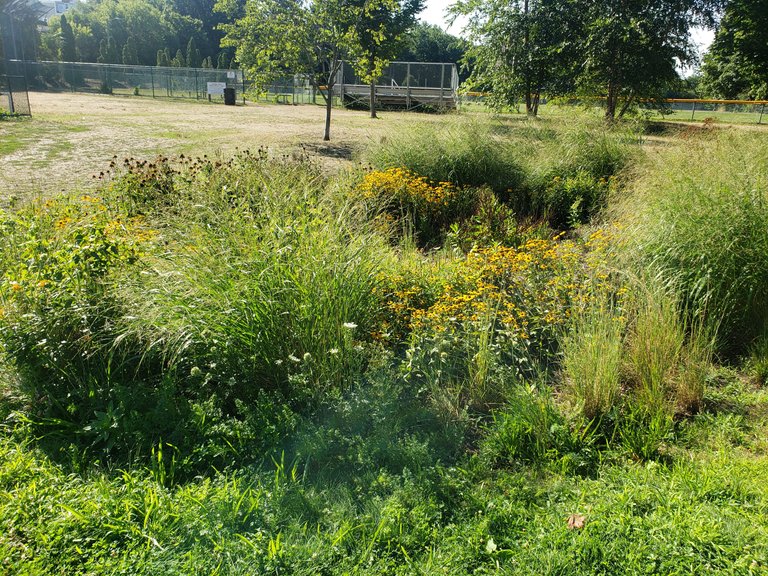
This near a pond and the rain garden is at the end of a street running downhill into the pond. So presumably this rain garden is here to catch excess runoff from the street. These gardens also act as catchment for toxic chemicals, allowing the water to seep down through the substrate and filter out the pollutants preventing them re-entering the ecosystem.
This particular rain garden had about 5 or 6 different bee species foraging on the asters and other flowers planted here. So these rain gardens can help local biodiversity and pollinators find some much-sought habitat.
Without further ado, here are the insect biodiversity cast from this morning...
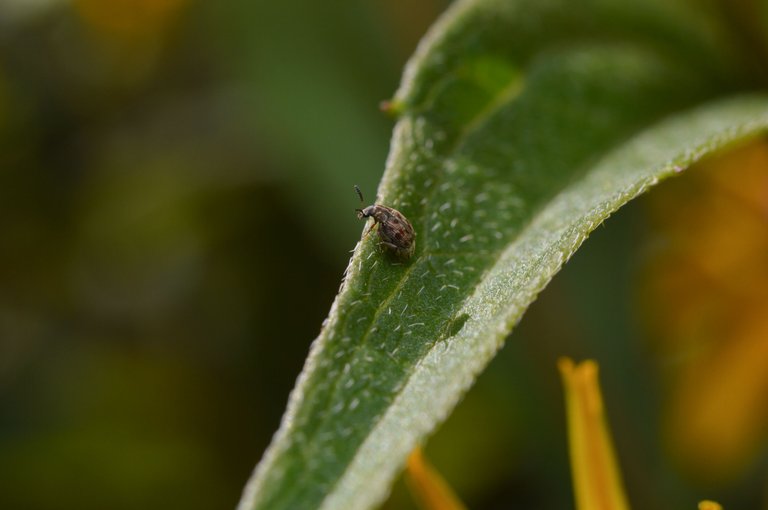
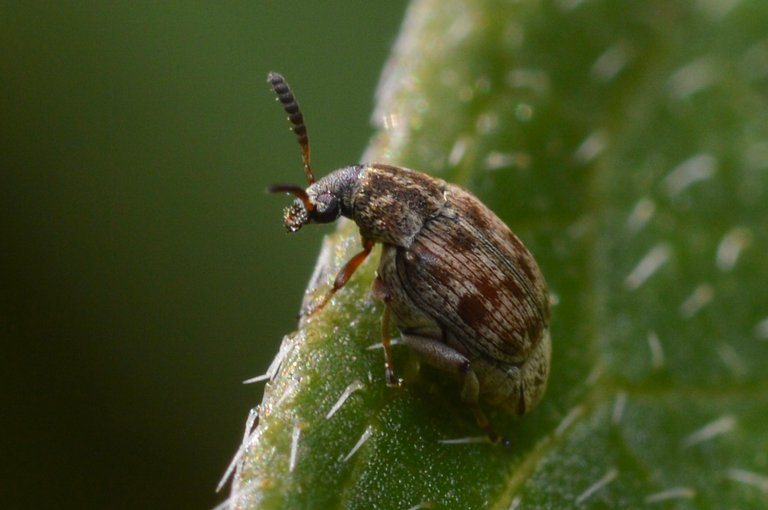
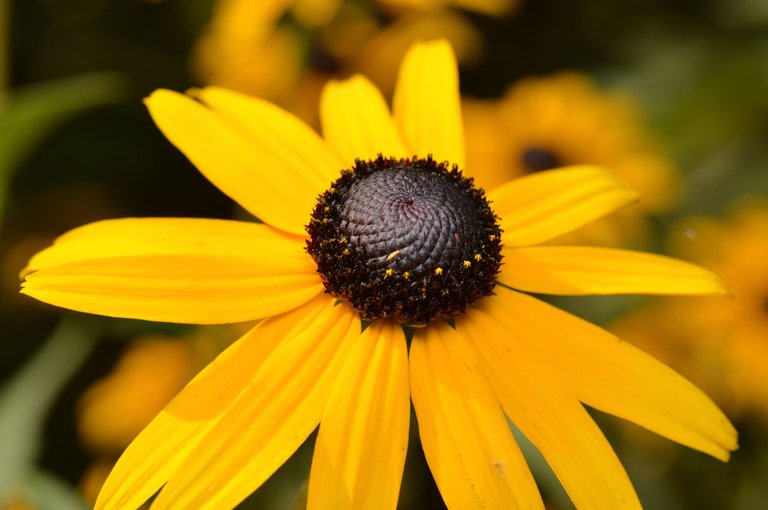
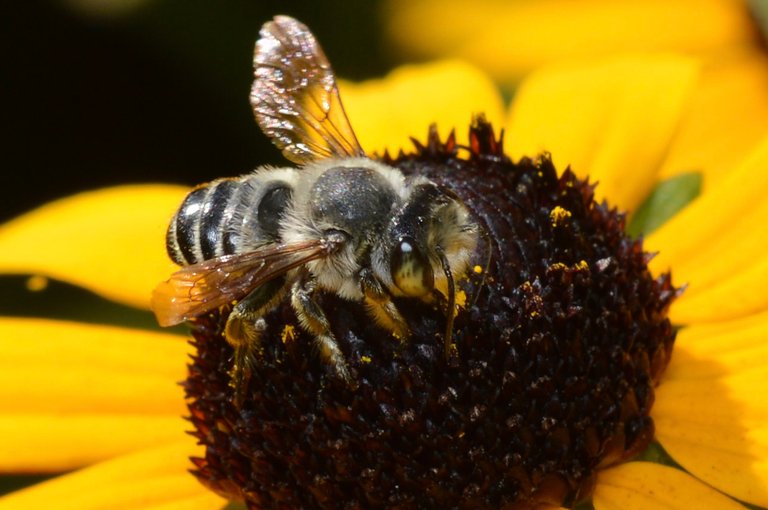
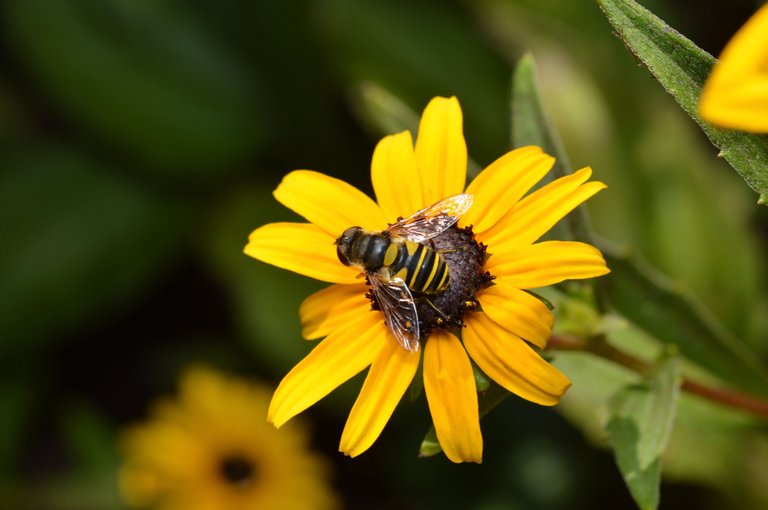
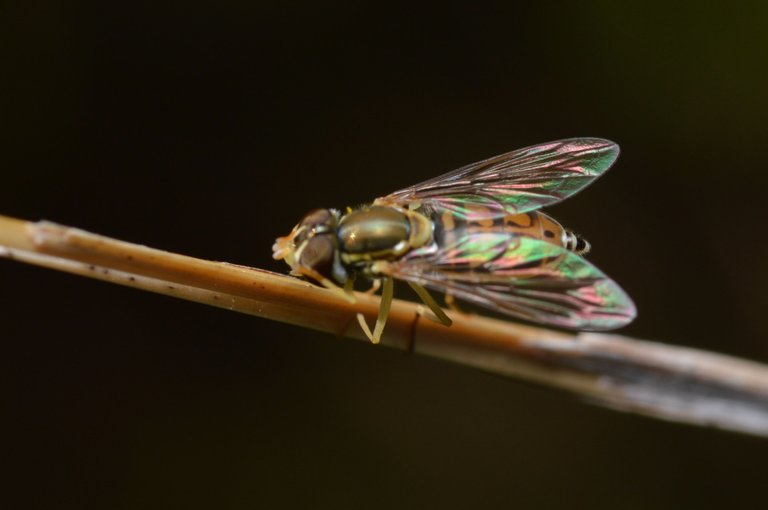
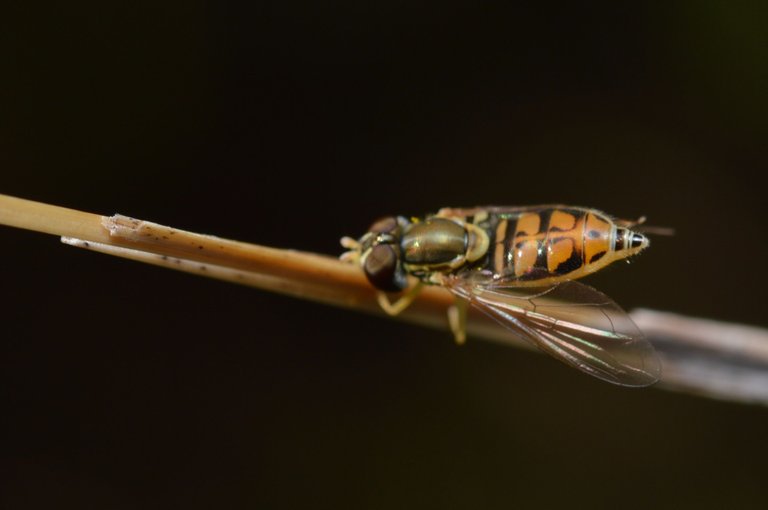
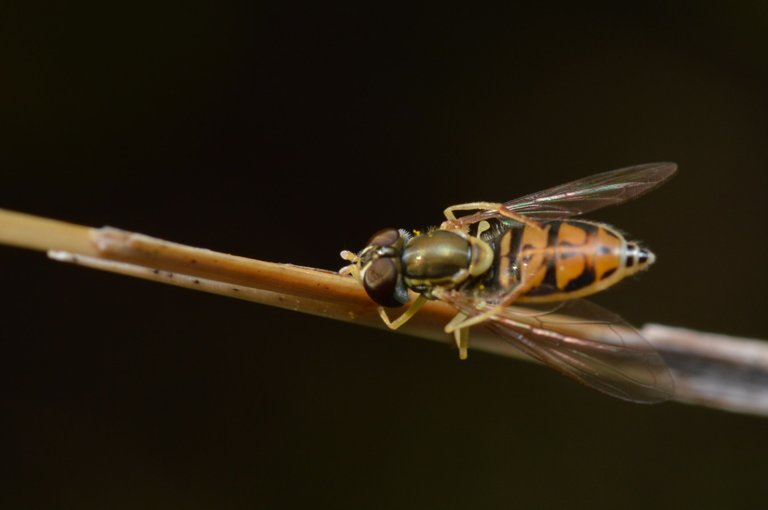
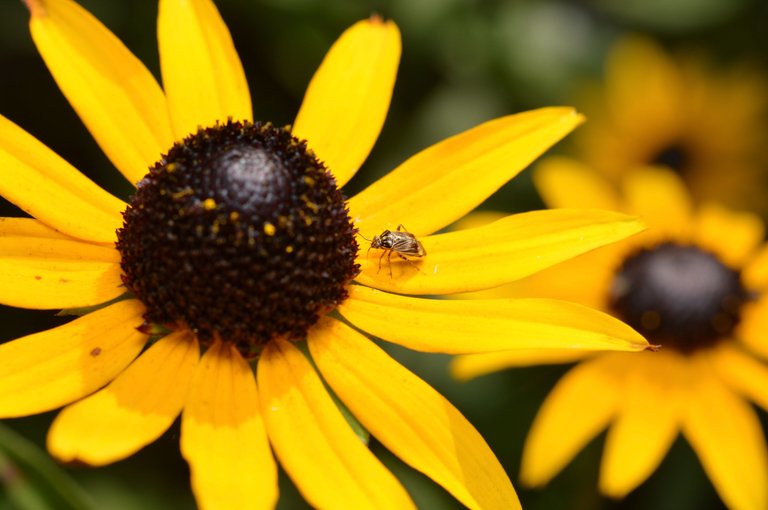
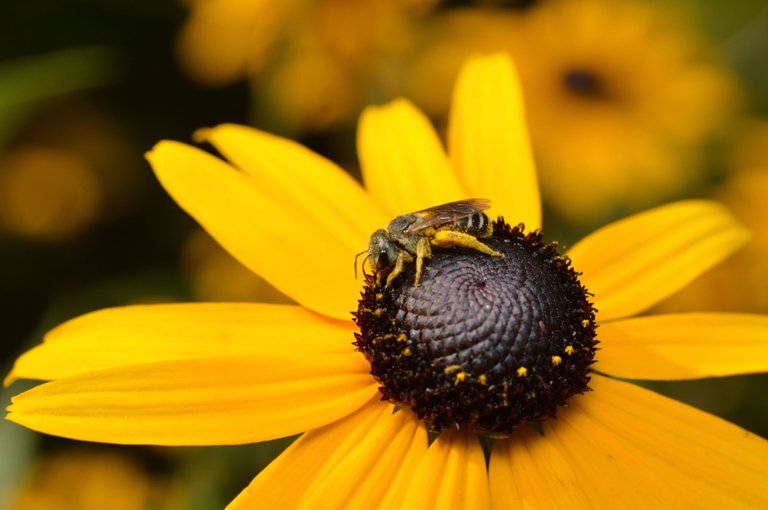

I'll be checking this little garden out every once in a while to see what other goodies I can find. As the summer comes to end, other fall-flying species might come out and visit.
Thank you for checking out my post. All photos are my own.
Breeding green goodness!💚☘ reshared.
Love the black-eyed susans!
They're very popular with the regulars 😊